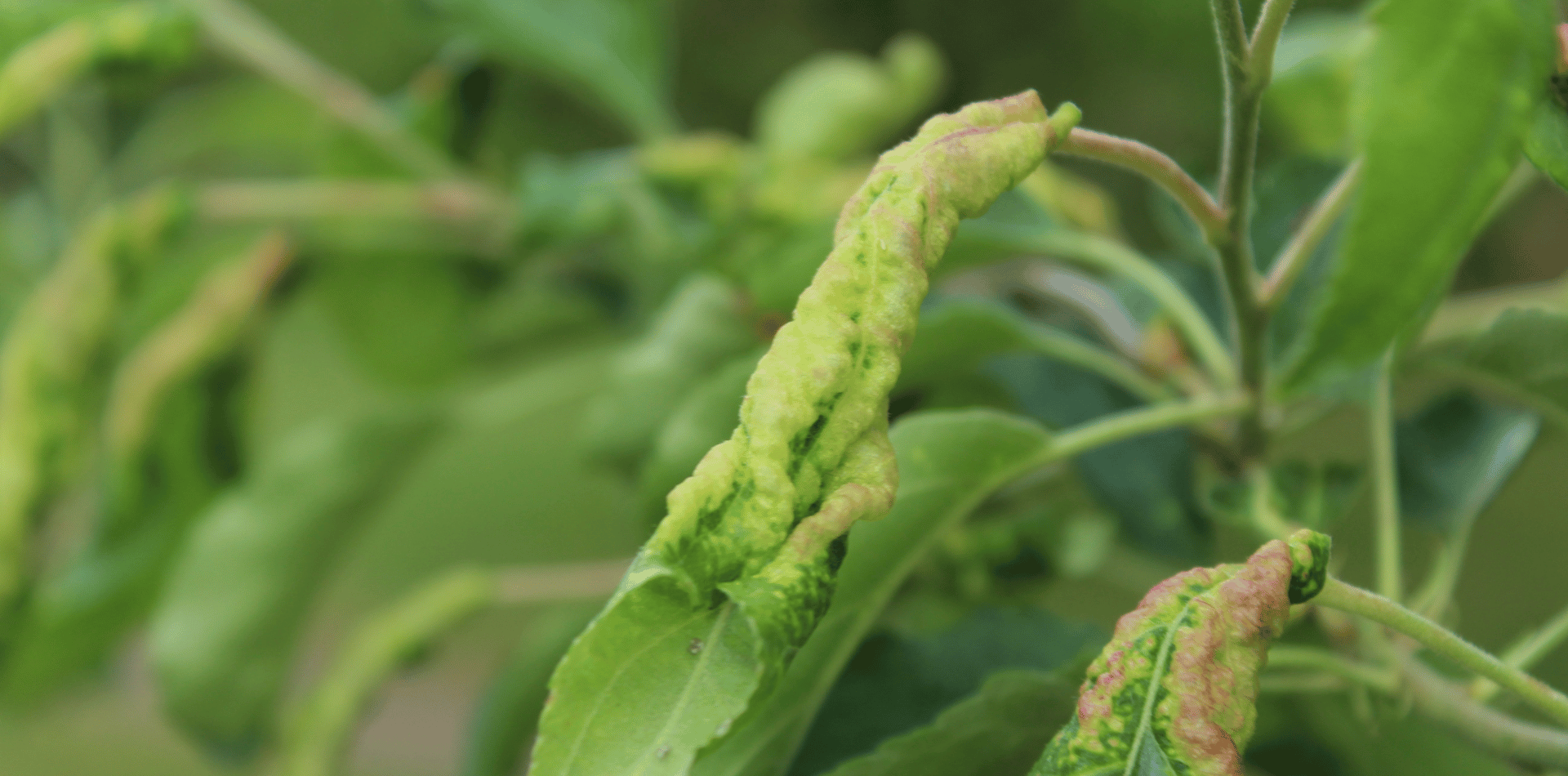How do I get Council Approval for Tree Lopping
Do I need council approval to remove a tree on my property?

Getting approval from your local council for removing trees can be a bit of a process, but it is possible. Be sure to follow all the procedures outlined in this guide and submit all the required information to increase your chances of success. Once it's approved, you can hire someone to take the tree away for you.
Tree removal and tree lopping is a dangerous and complex procedure and you will almost always require council permission before you start. Most councils in our area have strict legislation relating to tree removal.
Almost all situation will require local council approval. Significant fines can be imposed for not gaining the correct approvals.
Every local council in our area has its own Tree Preservation Order. This provides the details of their specific guidelines and regulations for maintaining and removing trees. A Tree Preservation Order will outline information around what can be done without council approval.
This includes:
- The size of the tree
- Proximity to buildings and structures.
- The maximum percentage that may be removed during tree pruning.
If your property is near bushland, you should also check the 10/50 Vegetation Clearing Entitlement Area.
Certain trees and plants in designated areas are allowed to be removed without requiring permission from the local council or Land Services Office.
The complexities of local council regulations can be overwhelming and it's very important you gat it right.
At Kaptol Tree Removal, we will help you gain all the correct approvals as part of the initial quote for tree removal services, therefore avoiding potentially serious penalties.
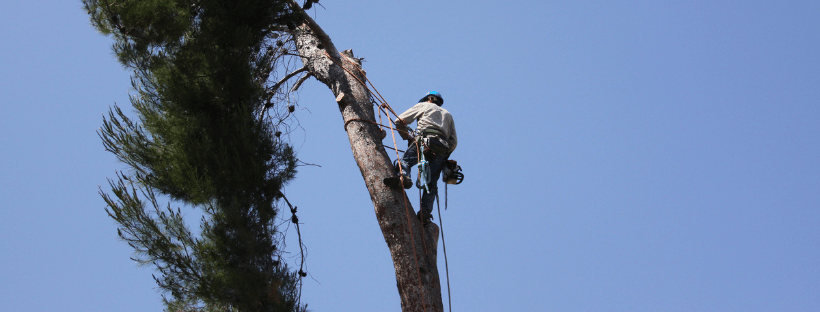
Now you are ready to chop down that tree on your property!
You know you will most likely need council approval!
So, how do you go about getting council approval to remove your tree legally?
Here's four easy steps to get council approval to remove a tree.
1. Check your local council regulations
First, check whether you actually need local council approval to remove your tree. In most cases you will, but it's a good idea to check anyway. Go to the website for your local council and find the area which explains the rules and regulations for trees in your area.
2. Collect all the important information
Once you have reviewed your local council’s website, collect all the information necessary for your tree removal application.
The most common details you will need are:
- Tree species
- Tree size
- The location and proximity to fire zones.
- Is it included on the Significant Tree Register.
In most cases, a tree removal application will require a Level 5 Arborist Report to verify the information provided. This report must be completed by an experienced and certified arborist,.
3. Apply for council approval
Once you have everything you need to apply for tree removal, complete and submit your Private Tree Removal Application form to your council. This form must be include the Level 5 Arborist Report.
You will be required to pay a processing fee as well.
Tree removal applications can take anywhere from a few days to many weeks. It is advisable to wait until you have received council approval before scheduling any tree removal services.
4. Get a quote for professional tree removal services
Tree removal is a dangerous and specialised task. To ensure the tree is taken care of safely and effectively, the next step is to engage a qualified arborist to remove the tree for you.
Do I need a reason to remove a tree?
In most cases, approval from the local council to remove a tree can be a smooth, easy process. However, will need a valid reason to remove the tree in question. Each local council has its own criteria for cutting down trees, but most will approve applications for dangerous, fallen or dead trees. You may also obtain permission to remove trees within three metres of a pool or building, trees under three metres tall, and trees that are blocking a boundary fence.
Be aware that councils will generally not accept aesthetic reasons, like an obstructed view or too many leaf droppings, as a reason to remove or lop a tree. Significant trees, which are protected for their species, size, location, age or cultural importance, are also protected in most areas.
Can I remove a tree on your property line?
This is another area where local councils can differ, so be sure to consult with your council before stating any tree removal process. For instance, some local councils allow the removal of trees within a specified distance of your property line if you’re planning to build or repair a fence.
Note: neighbours often share the cost of tree removal if the trunk straddles both properties. However, this is not a legal obligation so you will need to reach an informal agreement if you’d like to share this expense.
What happens if I remove a tree without council approval?
Councils will impose a considerable financial penalty for removing a tree without approval. Both the property owner and the tree professional can be fined.
The fines can start at around $3,000 and increase considerably from there. To avoid this financial burden, make sure to secure council approval before cutting down a tree on your property.
Get a quote for tree removal today
Once you have council approval to remove a tree, it’s time engage a qualified and experienced arborist like Kaptol Tree Removal.
Kaptol Tree Removal is a tree removal and tree lopping company specialising in tree removal. We service Newcastle, Lake Macquarie, Maitland, Cessnock and Port Stephens areas. No matter how difficult the task may seem, we can help you with all your tree removal needs.


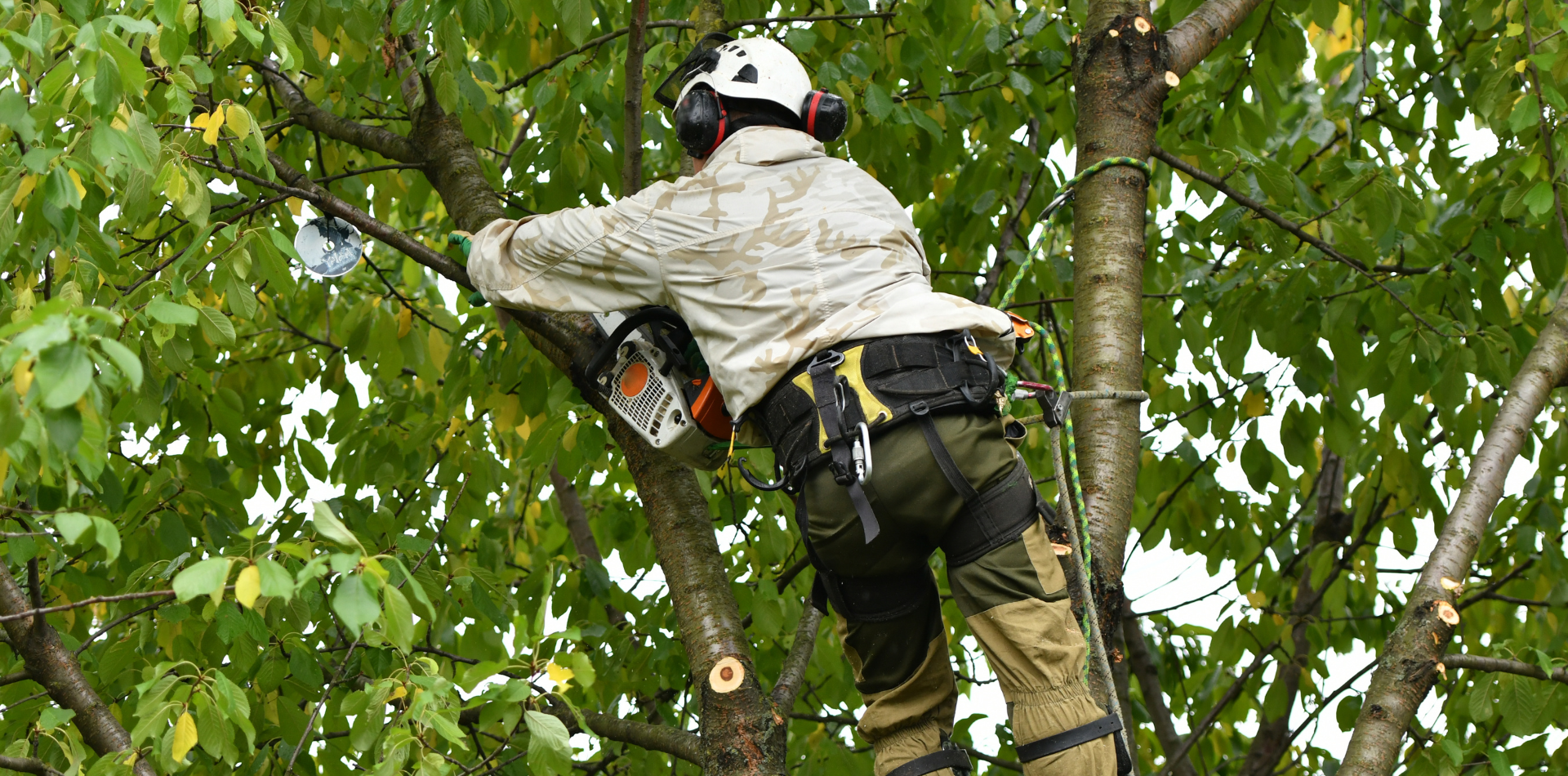
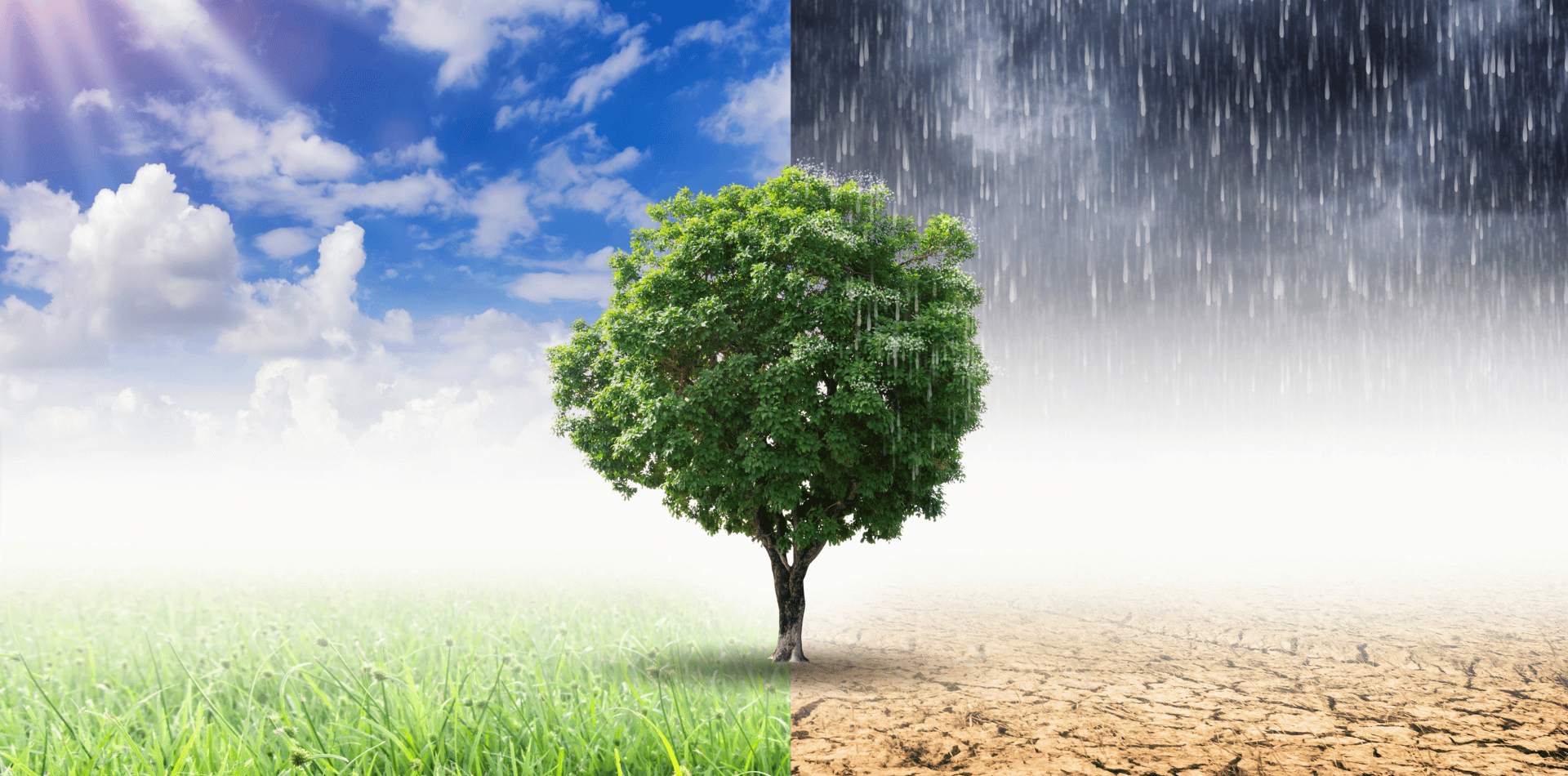
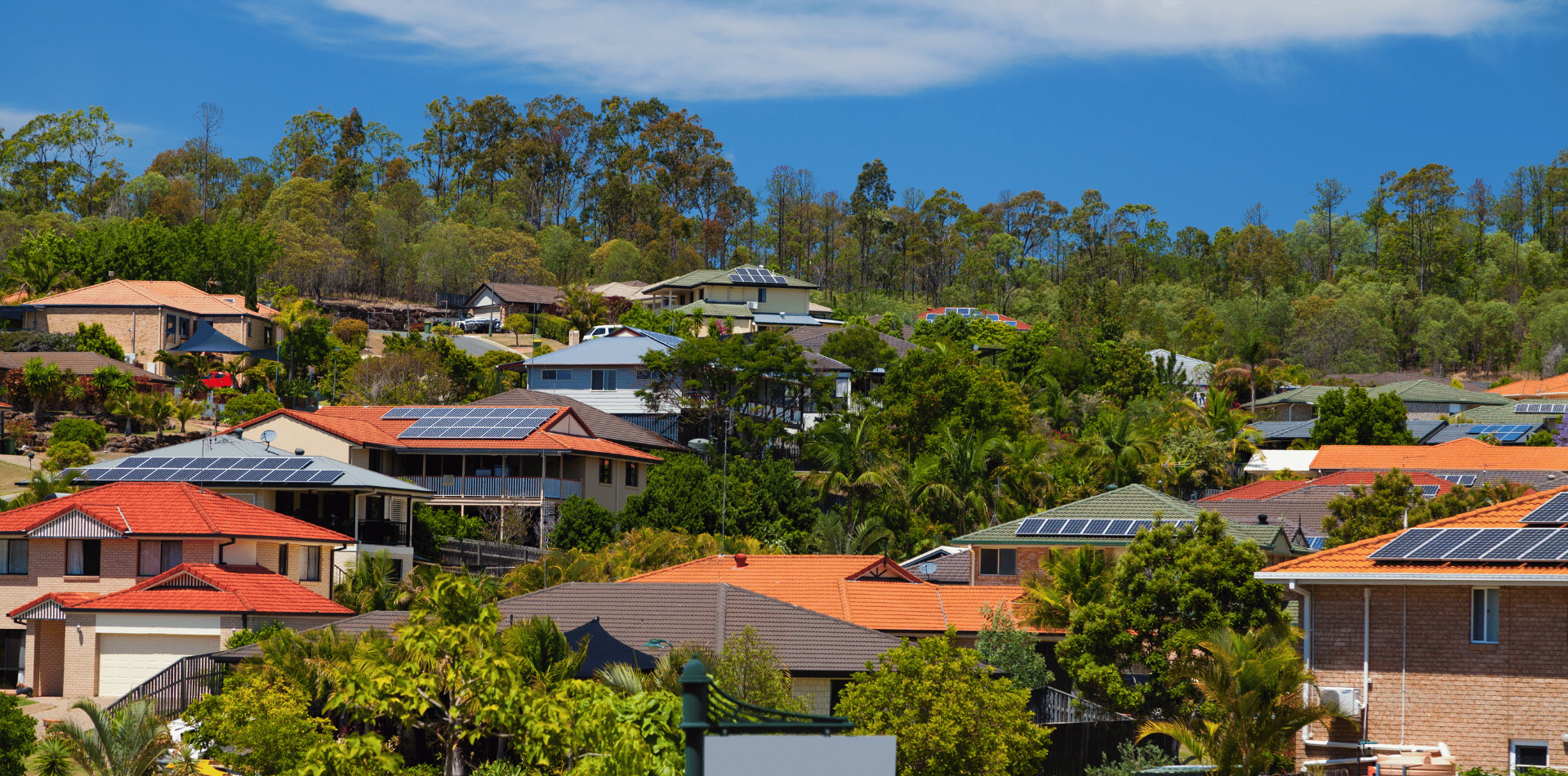
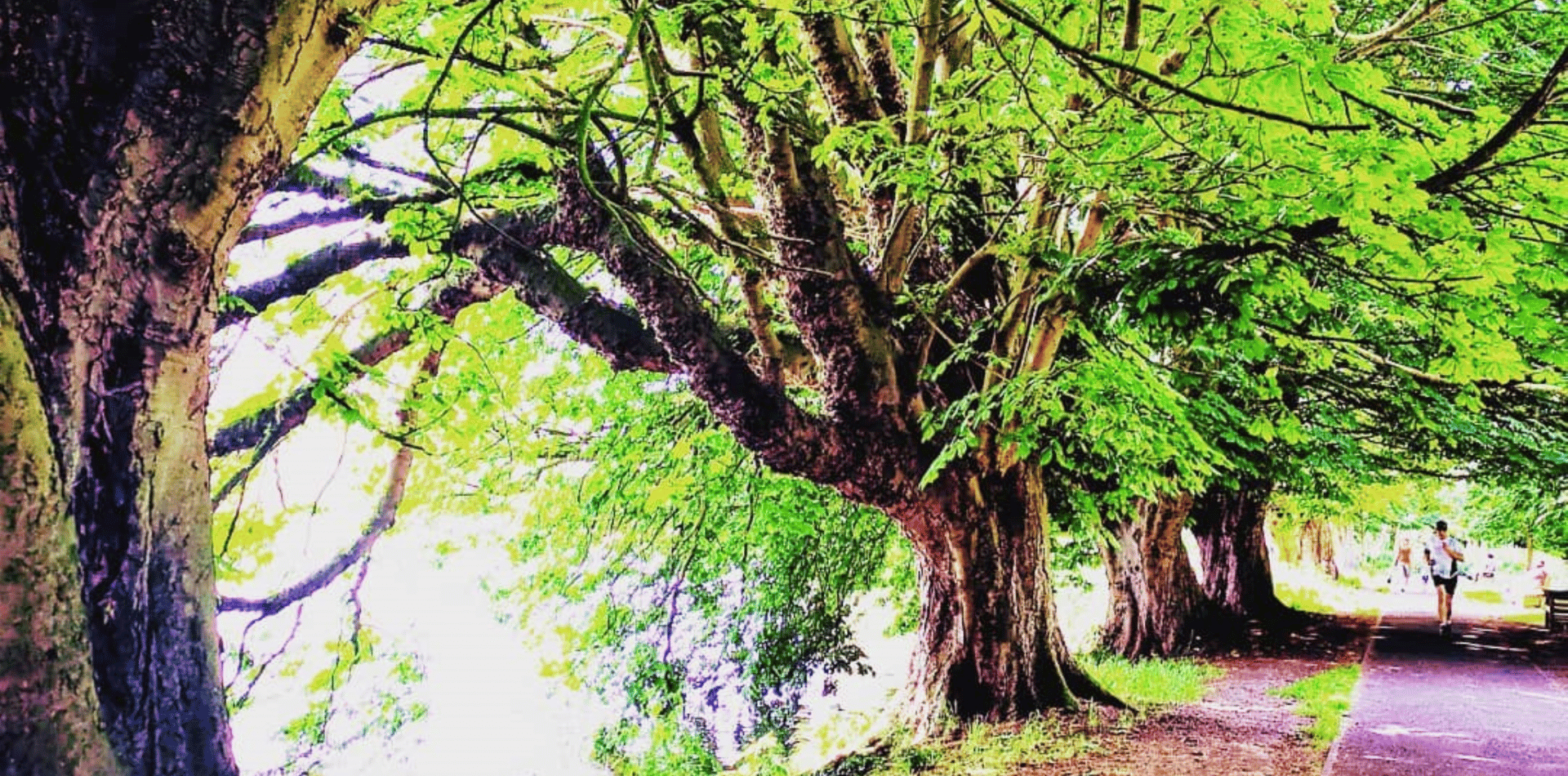
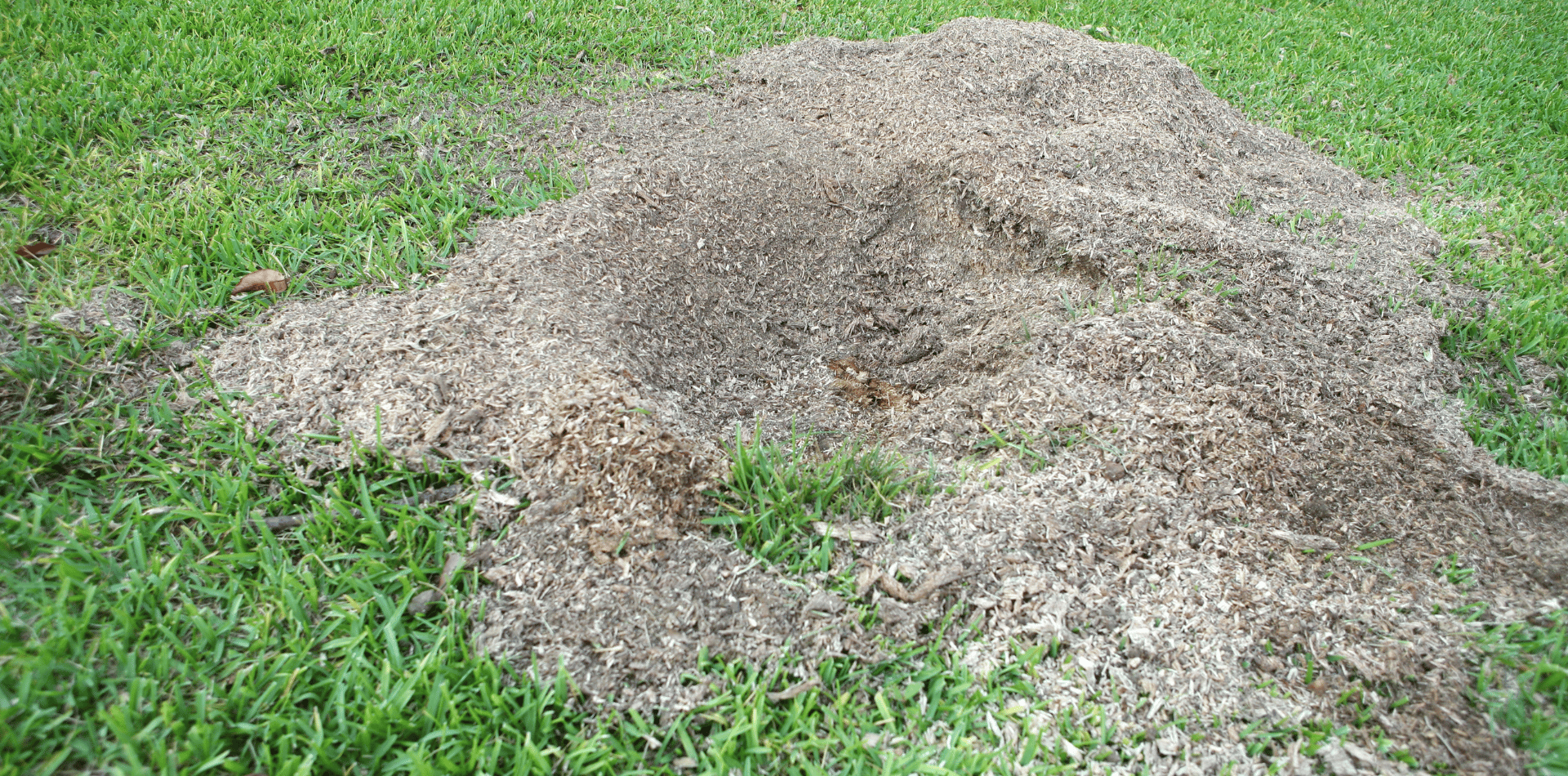
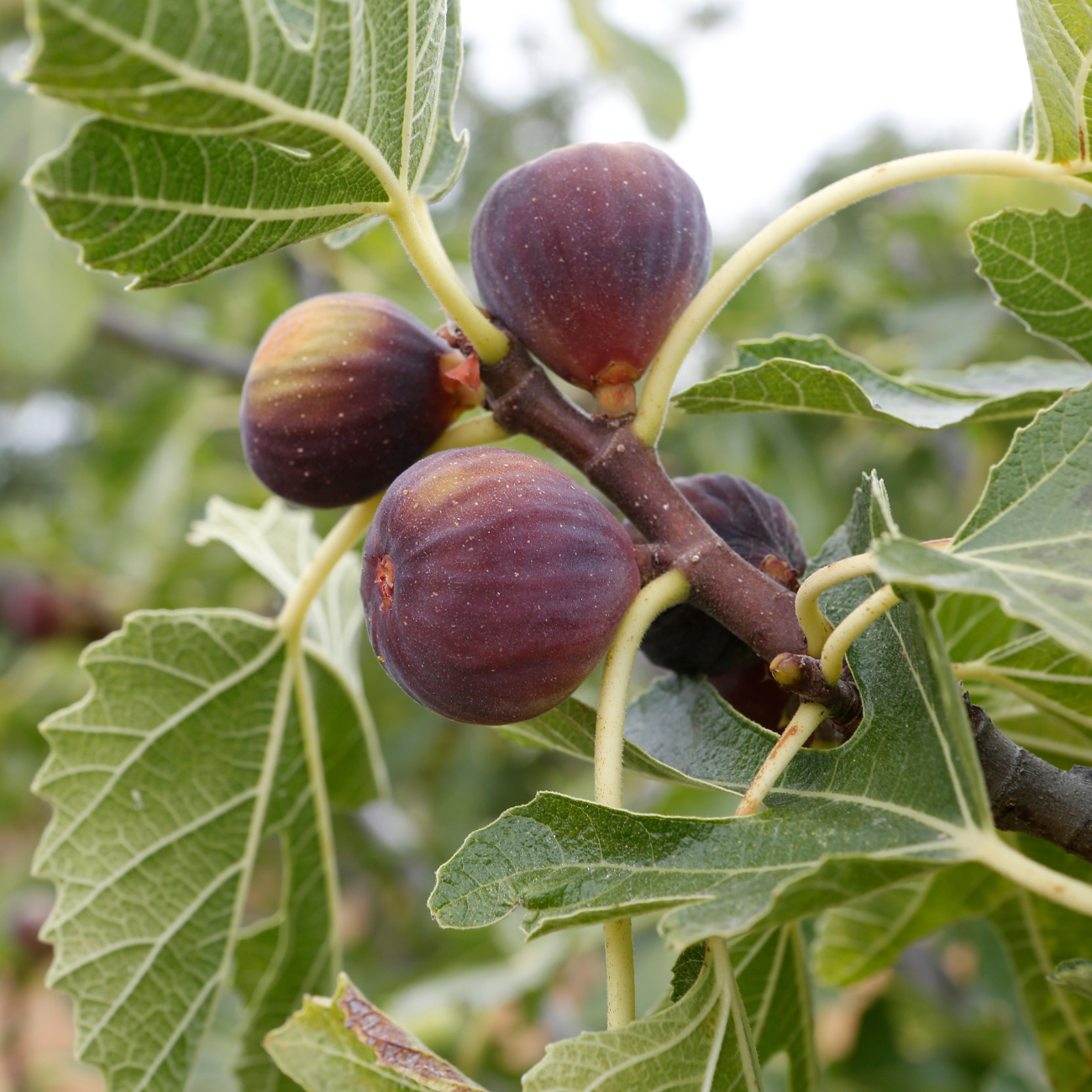

Contact
Kaptol Tree Removal Newcastle
A Member of the Kaptol Group
Powered by Kaptol Media

